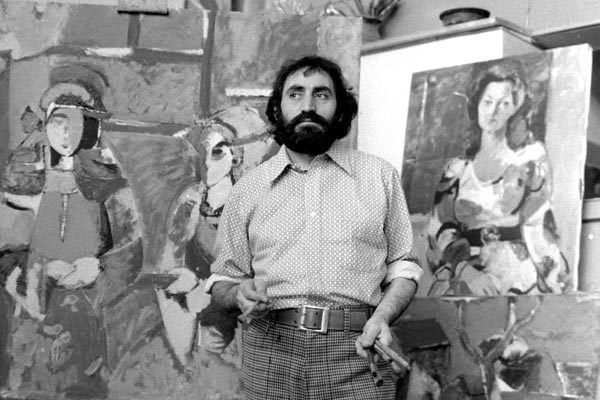
Saryan was Minas’ spiritual father. The young artist was the true heir to the work of the older man and the symbol of the new growth of national painting. While in Saryan’s works colour is subjugated to the light of the sun, in those of Minas colour has an agitated, passionate, sub-tragic edge. A way of life formed over the centuries torn up at the roots, irrevocable changes in human relationships, and the anxiety of contemporary man all gave his work a sub-consciously dramatic nature. The intense colour of Minas’ work was dictated by the mossy surfaces of the cliffs singed by the sun, cliffs which seem to represent mysterious eternity. Each of Minas’ pictures is a lovingly told tale of his native land, the powerful colour harmony full of life-asserting power.
Minas Avetisyan
Back To Top










